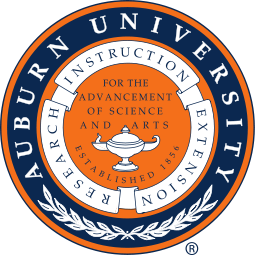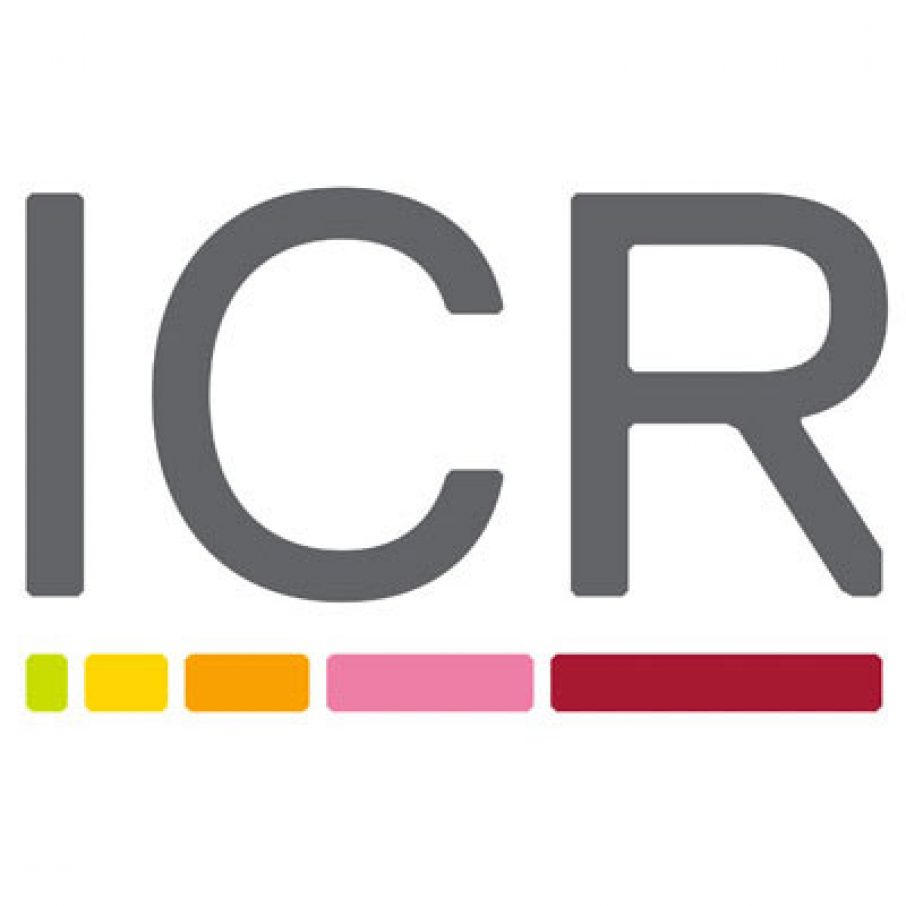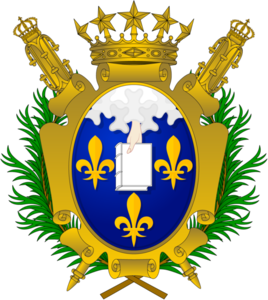Sodium usnateCAS# 34769-44-3 |

Quality Control & MSDS
3D structure
Package In Stock
Number of papers citing our products

| Cas No. | 34769-44-3 | SDF | Download SDF |
| PubChem ID | 23688959 | Appearance | Light yellow crystal |
| Formula | C18H15NaO7 | M.Wt | 366.30 |
| Type of Compound | N/A | Storage | Desiccate at -20°C |
| Solubility | Soluble in Chloroform,Dichloromethane,Ethyl Acetate,DMSO,Acetone,etc. | ||
| Chemical Name | sodium;4,8-diacetyl-3-hydroxy-2,9a-dimethyl-7,9-dioxodibenzofuran-1-olate | ||
| SMILES | CC1=C(C(=C2C(=C1[O-])C3(C(=CC(=O)C(C3=O)C(=O)C)O2)C)C(=O)C)O.[Na+] | ||
| Standard InChIKey | MKLQPOLHKMNWKN-UHFFFAOYSA-M | ||
| Standard InChI | InChI=1S/C18H16O7.Na/c1-6-14(22)12(8(3)20)16-13(15(6)23)18(4)10(25-16)5-9(21)11(7(2)19)17(18)24;/h5,11,22-23H,1-4H3;/q;+1/p-1 | ||
| General tips | For obtaining a higher solubility , please warm the tube at 37 ℃ and shake it in the ultrasonic bath for a while.Stock solution can be stored below -20℃ for several months. We recommend that you prepare and use the solution on the same day. However, if the test schedule requires, the stock solutions can be prepared in advance, and the stock solution must be sealed and stored below -20℃. In general, the stock solution can be kept for several months. Before use, we recommend that you leave the vial at room temperature for at least an hour before opening it. |
||
| About Packaging | 1. The packaging of the product may be reversed during transportation, cause the high purity compounds to adhere to the neck or cap of the vial.Take the vail out of its packaging and shake gently until the compounds fall to the bottom of the vial. 2. For liquid products, please centrifuge at 500xg to gather the liquid to the bottom of the vial. 3. Try to avoid loss or contamination during the experiment. |
||
| Shipping Condition | Packaging according to customer requirements(5mg, 10mg, 20mg and more). Ship via FedEx, DHL, UPS, EMS or other couriers with RT, or blue ice upon request. | ||

Sodium usnate Dilution Calculator

Sodium usnate Molarity Calculator
| 1 mg | 5 mg | 10 mg | 20 mg | 25 mg | |
| 1 mM | 2.73 mL | 13.65 mL | 27.3 mL | 54.6001 mL | 68.2501 mL |
| 5 mM | 0.546 mL | 2.73 mL | 5.46 mL | 10.92 mL | 13.65 mL |
| 10 mM | 0.273 mL | 1.365 mL | 2.73 mL | 5.46 mL | 6.825 mL |
| 50 mM | 0.0546 mL | 0.273 mL | 0.546 mL | 1.092 mL | 1.365 mL |
| 100 mM | 0.0273 mL | 0.1365 mL | 0.273 mL | 0.546 mL | 0.6825 mL |
| * Note: If you are in the process of experiment, it's necessary to make the dilution ratios of the samples. The dilution data above is only for reference. Normally, it's can get a better solubility within lower of Concentrations. | |||||

Calcutta University

University of Minnesota

University of Maryland School of Medicine

University of Illinois at Chicago

The Ohio State University

University of Zurich

Harvard University

Colorado State University

Auburn University

Yale University

Worcester Polytechnic Institute

Washington State University

Stanford University

University of Leipzig

Universidade da Beira Interior

The Institute of Cancer Research

Heidelberg University

University of Amsterdam

University of Auckland

TsingHua University

The University of Michigan

Miami University

DRURY University

Jilin University

Fudan University

Wuhan University

Sun Yat-sen University

Universite de Paris

Deemed University

Auckland University

The University of Tokyo

Korea University
- ITX3
Catalog No.:BCC6066
CAS No.:347323-96-0
- Ferrostatin-1 (Fer-1)
Catalog No.:BCC2323
CAS No.:347174-05-4
- Incensole acetate
Catalog No.:BCN3830
CAS No.:34701-53-6
- 1-Indanamine
Catalog No.:BCN2246
CAS No.:34698-41-4
- TCS 2510
Catalog No.:BCC7853
CAS No.:346673-06-1
- Dehydrodeguelin
Catalog No.:BCN4778
CAS No.:3466-23-7
- Cyperotundone
Catalog No.:BCN8339
CAS No.:3466-15-7
- Amoxicillin Sodium
Catalog No.:BCC4947
CAS No.:34642-77-8
- 1-Methoxycarbonyl-beta-carboline
Catalog No.:BCN5282
CAS No.:3464-66-2
- 2-Benzoyloxy-3-hydroxynortropane
Catalog No.:BCN1872
CAS No.:34622-25-8
- Maltohexaose
Catalog No.:BCN6710
CAS No.:34620-77-4
- Maltopentaose
Catalog No.:BCN8421
CAS No.:34620-76-3
- Z-Asp(OBzl)-OH
Catalog No.:BCC2791
CAS No.:3479-47-8
- H-D-Met-OH
Catalog No.:BCC2997
CAS No.:348-67-4
- H-Tyr(Bzl)-OMe.HCl
Catalog No.:BCC3132
CAS No.:34805-17-9
- Boc-Met(O)-OH
Catalog No.:BCC3425
CAS No.:34805-21-5
- BAY 57-1293
Catalog No.:BCC4050
CAS No.:348086-71-5
- 8-Acetonyldihydroavicine
Catalog No.:BCN3303
CAS No.:348098-59-9
- Marilactone
Catalog No.:BCN7363
CAS No.:34818-17-2
- 4'-Demethyleucomin
Catalog No.:BCN5283
CAS No.:34818-83-2
- DL-Dithiothreitol
Catalog No.:BCC7586
CAS No.:3483-12-3
- Bz-Tyr-Oet
Catalog No.:BCC3122
CAS No.:3483-82-7
- Metiamide
Catalog No.:BCC1742
CAS No.:34839-70-8
- 12-Hydroxyabietic acid
Catalog No.:BCN5284
CAS No.:3484-61-5
[Comparison of the thermostability of natural (sulfoprolamine and sodium usnate) and synthetic (climbazole and piroctone olamine) antidandruff agents].[Pubmed:10520510]
Ann Pharm Fr. 1999 Sep;57(5):392-6.
We compared thermostability of various natural (sulfoprolamine and Sodium usnate) or synthetic (climbazol and piroctone olamine) antidandruff agents in aqueous diluted solution at pH around 7. Thermodegradation of these solutions was studied by an isothermal method in thermostatically controlled ovens, at three temperatures (50, 70 and 90 degrees C). For each molecule, we determined at 20 degrees C t90% (time necessary to obtain a decrease of 10% of the initial concentration, value which shows the stability of the product). The present study shows that piroctone olamine is the most stable antidandruff agent among those studied.
Photodegradation study of sodium usnate solution: influence of pH.[Pubmed:10612027]
Drug Dev Ind Pharm. 1999 Dec;25(12):1295-9.
Photodegradation of 2.6 x 10(-5) M aqueous solutions of Sodium usnate at various pH was studied. Photodegradation appeared to follow first-order kinetics and was found to be pH dependent. The degradation rate constant was calculated to be 9.20 x 10(-4) min-1, 5.93 x 10(-4) min-1, 9.69 x 10(-4) min-1, and 9.88 x 10(-4) min-1 at pH 6, pH 7, pH 8, and pH 9, respectively.


